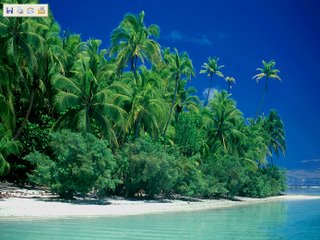
Development of the North Coast of the Dominican Republic
In an almost completely uninhabited region named Sosúa, the new immigrants, most of them young men with urban backgrounds with scant or none farm work experience, almost all of them tragically separated from their families, commenced a new life. In the beginning the purpose was to establish a communal agricultural colony; sleeping in barracks and a dining hall were built. Little by little the settlers began developing a self sufficient village that boasted its own water works, sanitation system, clinic, pharmacy, school, library, synagogue, theatre, newspaper, shops and even their own bank. Being isolated by land forced them to process their perishable agricultural production to assure a longer shelf life that would allow them to ship it to market under the precarious transportation conditions available; that is how cheese and sausages industries were born. “Productos Sosúa”, the common name of the now very large factories, until recently still owned by descendents of the first settlers, is a leading brand in the country.
Nevertheless, besides agriculture and its derived agro industrial activities, the “Sosuaenians” created other industries, developed commerce and generally projected into the whole northern region of the country all their enthusiasm and ingenuity, enriching the whole area and its inhabitants both economically and culturally. The population of the region grew and became enmeshed in the destiny of the Jews, both through partnerships in work or trade and through matrimonial unions. Surely this integration facilitated progress, softened transition pains, and helped ease the effects of the numerous problems that the colony faced during its first years.
.
Over time Sosúa became a living model and an authentic demonstration of what the human spirit can achieve when it applies itself fully to hard work, faith in life and to the firm belief that regardless of how bad things are, hope must never be abandoned.
For 40 years Sosúa survived as an isolated and bucolic township. Only in 1980 it finally got connected to the national network of paved roads and soon thereafter an international airport was built nearby. Thus began a new phase in its development, having become now a tourism destination, thanks on one hand to its welcoming beaches, the warm hospitality of its people and the beauty of its landscape, and on the other to having been integrated into the whole Dominican Northern Region’s tourism map. Sosua now boasts a number of hotels that cover the whole range of the demand; this of course has brought new challenges, pressure on the physical infrastructure and a change in the composition of the population.
The Dominican Republic is a country where Jews are respected and treated as equals by all its citizens; but in Sosua this is especially noticeable: despite the fact that currently the Jewish population is just a few dozen, their influence manifests itself in the outspoken pride of this link that the average Sosuaenian expresses; the two large food processing plants are the undisputed motor of the whole region, in the economy but also in the town’s social and administrative fields; alongside those companies, the Jewish founders or their offspring are heavily invested in other enterprises, mainly in the hotel business, but also in agribusiness. Several streets carry the names of settlers that left their mark. The oldest school in town is named after the Jewish educator who for decades was the principal. Luis Hess from whom we wrote previously.
For more information about the North Coast of the Dominican Republic

No comments:
Post a Comment